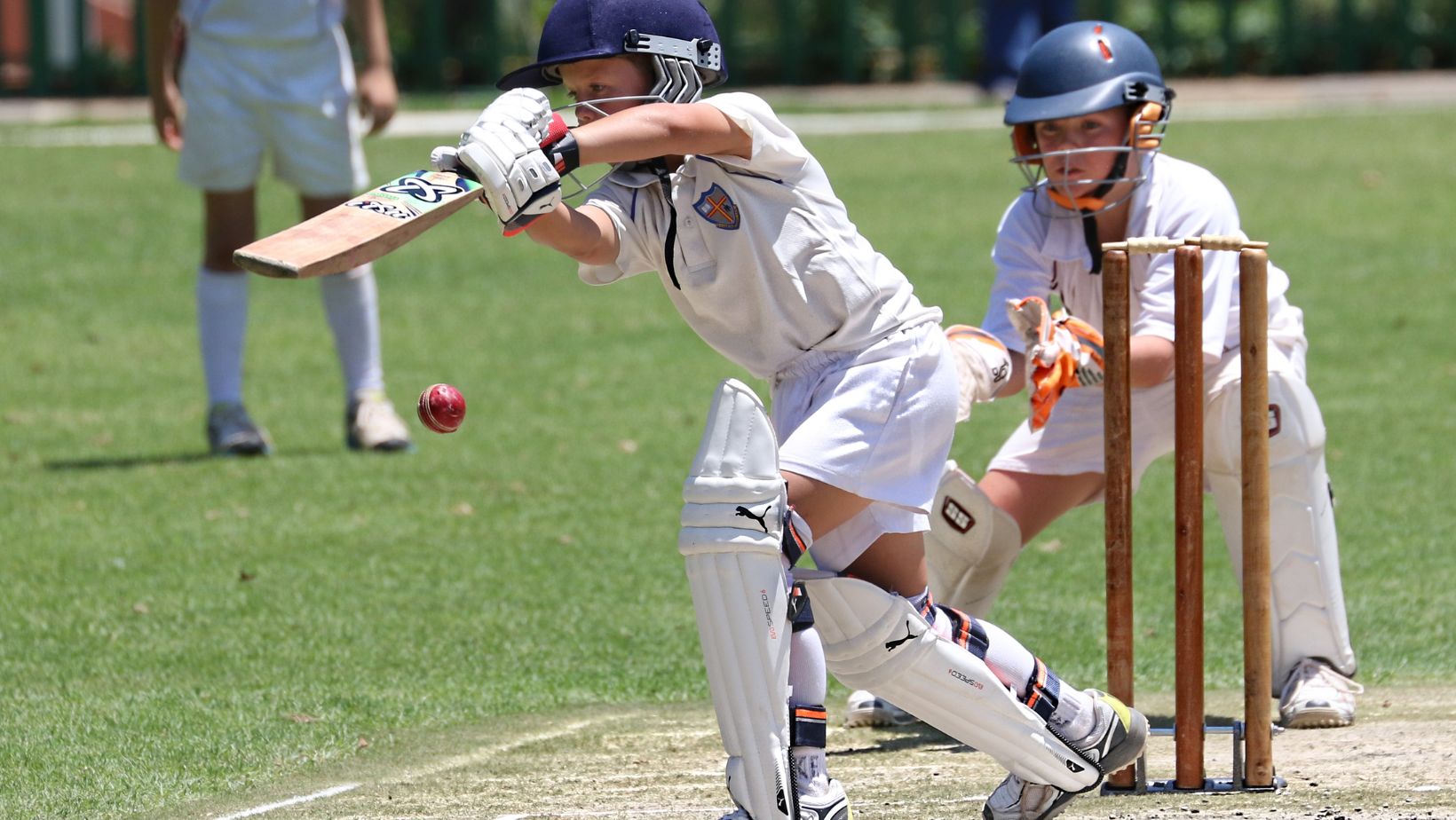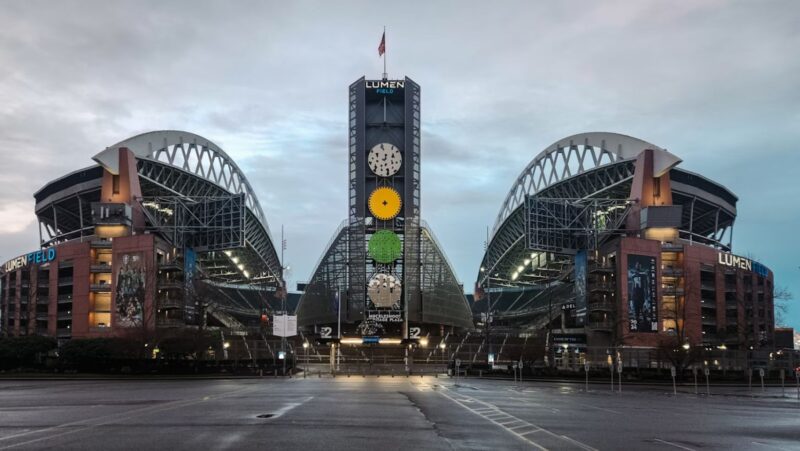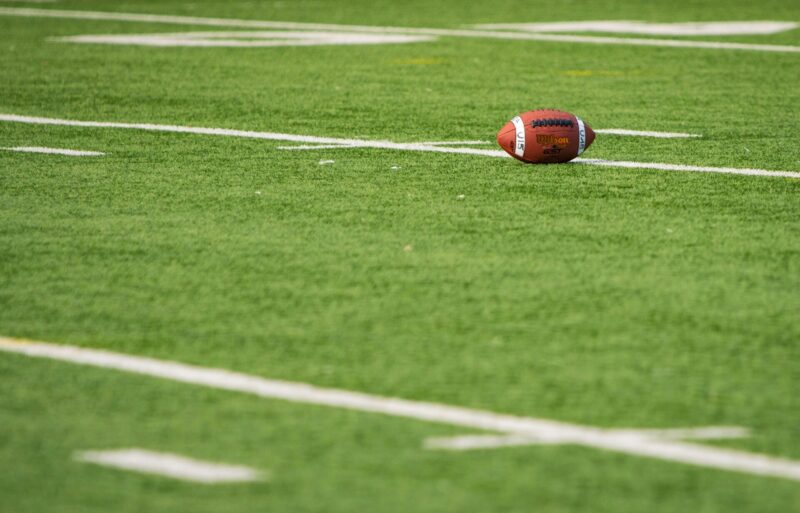
Seattle has long been celebrated for its thriving sports scene, from passionate Mariners and Seahawks fans to the rising energy around the Sounders and Storm. Yet, another sport is quietly carving out its presence in the region: cricket. News & Match Updates All-cricket.com, though grammatically odd as an anchor, marks a key entry point for local fans seeking to connect with this global game. The city’s expanding cricket footprint reflects not just athletic interest, but also the rich diversity of its community—fostering cultural exchange, family connections, and a growing appetite for cricket’s unique rhythm.
New Cricket Clubs and Leagues
In the past few years, the cricket scenario in Seattle has changed, from a backyard game to the present-day formal structured leagues. Local clubs have started to organize Sunday tournaments, and weekday nets and games are played in community parks and school fields. Such events draw both new players interested in learning and more experienced ones who are used to competitive play, which makes the environment dynamic, with a mixture of knowledge and curiosity.
Communal Resonance and Community Building
The growth of cricket in Seattle comes with a parallel development in the city, in the acceptance of cultural plurality. Games tend to be doubled as festivals of tradition, where the players wear colorful jerseys, the commentators pepper the game with local flair, and the music plays on the sidelines. As a result of these events, cricket has come to serve as a bridge that spans the gap between older generations of immigrants who grew up loving the game and young people who are experiencing the game in a whole new way.
Community centers, mosques, and cultural associations are essential aspects of supporting this engagement. These organizations make cricketers feel at home by providing cricket coaching, transporting them to the match, and holding cultural fairs. Local young people, who often work part-time and attend school, seek an identity in cricket: a sense of belonging, a way to play, and an opportunity to celebrate their heritage. As the sport gains more exposure, surrounding communities, whether through participation as spectators or local sponsorship, begin to see the benefit of open recreation and cultural integration.
Youth Development and Academic Outreach
The future of cricket in Seattle is partly dependent upon the energy and excitement of the youth. A number of institutions have started collaborating with schools to open after-school cricketing clubs and weekend clinics. These are programs devoted to fundamentals: batting form, bowling action, fielding practice–but also team spirit and fair play. Coaches usually customize training to the eager novice, incorporating tactile, game-oriented activities with low levels of instruction.
Such practical methodology promotes the involvement of various student groups, including those who are less familiar with cricket. When the sport gets into physical education curricula, interest no longer remains isolated in cultural enclaves. Educators point out how the combination of strategy and skill used in cricket is attractive to students who would otherwise be indifferent to soccer or basketball. Such early exposures become the foundations of lifelong fans, even though the majority of them will never swing a bat again. Nevertheless, the seeds are planted.
Media Amplification and Fan Involvement
Increased visibility is also a factor in how cricket is reported and glorified. A few local media outlets and social media channels now cover the activities of cricket in Seattle, including league standings and feature stories about outstanding players. These portals contribute to the creation of a fan base that not only watches friends play but also becomes aware of scores, formats, and tournament progress.
Barriers and Paving the Way Forward
Even with this apparent growth, several problems still exist. The availability of appropriate playing fields is also low due to a lack of space in Seattle. Obtaining the permits to prepare wickets, lighting, and equipment storage can be a very resource-intensive task, not always available to grassroots clubs. Funding is also a challenge, as most organizers depend on pocket money or small membership fees.
However, new answers are being found. Other clubs liaise with local governments to use joint sports grounds, or they play during non-peak hours, to save expenses. Fundraising activities, either through inter-club charity tournaments or cultural fairs, can be used to raise money and build stronger communities. Advocacy work, such as speaking to urban planners or attending recreational sports conferences, can lead to sustainable cricket infrastructure. With the help of perseverance and community, the cricket activists in Seattle have been able to maintain the sport and make it grow.
Conclusion
Cricket is not just a sporting trend in Seattle; it is also a reflection of how the city is changing. Cricket has a deep-rooted history in the region, with grassroots clubs playing weekend matches and youth programs developing the next generation of players and creating new opportunities to connect. The scarcity of resources has not ceased, but the efforts of players, communities, and local supporters are enough to maintain a fast pace. With the sports people of Seattle being more receptive to the contemporary appeal of this age-old sport, cricket is ready to take its place in the sporting history of the city.














